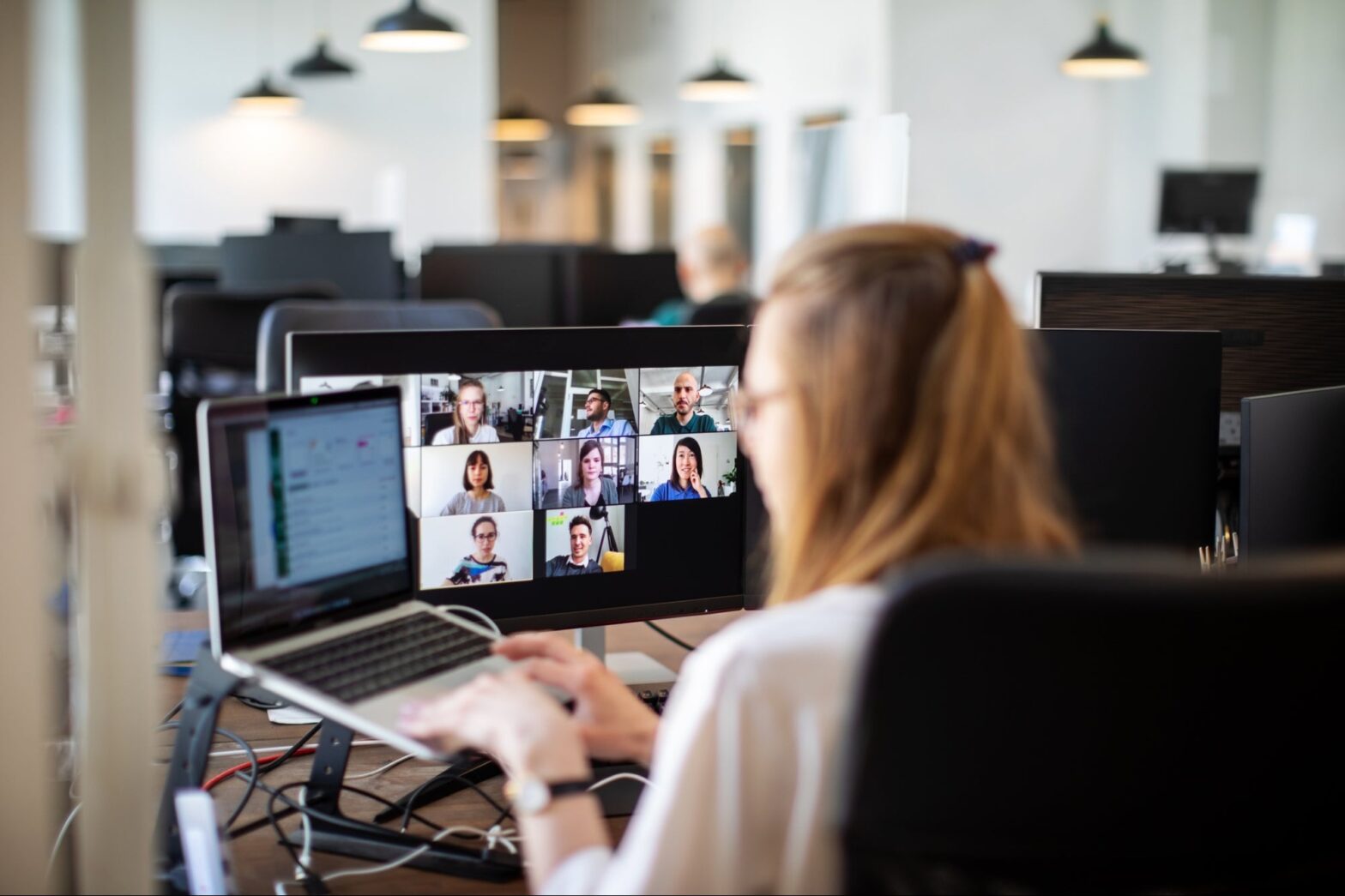The Great Resignation Is Shifting Gears. Finding a Proper Work Balance Will Pay Dividends.
We’re closing in on the halfway point of 2022, and we’ve seen the Great Resignation gradually transition into the “Great Renegotiation.” Employers and employees continue to vie for the upper hand. The workforce philosophy on life-work integration has shifted throughout this season as employees now believe their personal lives and individual needs must outweigh work realities.
As we enter year three of the global pandemic, many factors have coalesced into an employment climate in flux. Factors include: An ever-shifting fight with the Coronavirus here and abroad, inescapable and daunting consequences of inflation, changing work-life needs for Americans, and extremely demanding workloads amidst this upheaval.
The resulting fallout of this unique blend of societal shifts and a shifting equilibrium has delivered negotiation power to employees. Consider that no less than 4 million workers resigned each month throughout the second half of 2021. Within the last 20-plus years, the level of individuals laid off in a month reached a record low. Workers have felt empowered to search for better opportunities that best fit their life needs, and employers have adjusted to pour resources into retaining their staff.
Shifting perspectives abound as remote work remains a dominant topic
One prominent element of the Great Resignation has been a shift in perspective regarding remote work. This change was initially an unavoidable consequence of the pandemic; employers and employees overcame speed bumps as they strove to settle into a rhythm.
The freedom to work from anywhere evolved into a highly attractive employment option for a significant portion of the workforce. In an environment as volatile and unpredictable as we have seen over the last two years, one reality has become apparent: Those companies that embrace this evolution will be far better situated moving forward to attract and retain talent.
Leaders willing to adapt to evolving situations must consider the correct issues; it’s critical to not ignore data highlighting what impacts their employees’ productivity and quality of life. The workforce has begun to demand more power over their schedules, flexibility in those schedules, and a more significant say in the choice of remote, in-person and hybrid work. Companies that are able to evolve and be more flexible will have an easier time attracting and retaining employees.
For some, an improved mental and physical health. For others, an isolating experience.
Flexible work culture results in a better life-work integration and improved mental health for employees. This realization has forced the demanding world of work to make a positive step forward for workers.
Working remotely isn’t for everyone; for some, the restrictions of the pandemic and the transition to a work-from-home setup was far from ideal. Whether remote work, in-person operations or a hybrid reality, the attitudes toward what is best are as varied as the workforce itself.
Research shows that more than 90% of remote workers want to partially work from home, even if just for a portion of their schedule. While the ideal choice for employees leans toward hybrid work, more significant is the 30%-plus of the workforce who indicate the likelihood they’ll search for new employment if their employer entirely eliminates remote work. A consensus among workers is a belief that remote work does not endanger company culture.
Adopting a flexible working culture encourages open, adaptive operations
What is clear is that working remotely for a sizable segment of the workforce is here to stay. Employers need to set aside fears that remote work inevitably guarantees a lower quality of work. It is then that they can recognize what a flexible working culture shows their employees, current or potential. It reveals an adaptive company that is able to hear their employees and adjust operations to incorporate shifting trends without jeopardizing internal operational stability.
Strictly adhering to either remote or in-person work potentially ostracizes segments of the workforce. Integrating hybrid work — with or without the option to choose either alternative entirely — positively impacts businesses. An adaptive, flexible working environment will be one of the many long term changes in American life resulting from the global pandemic.
